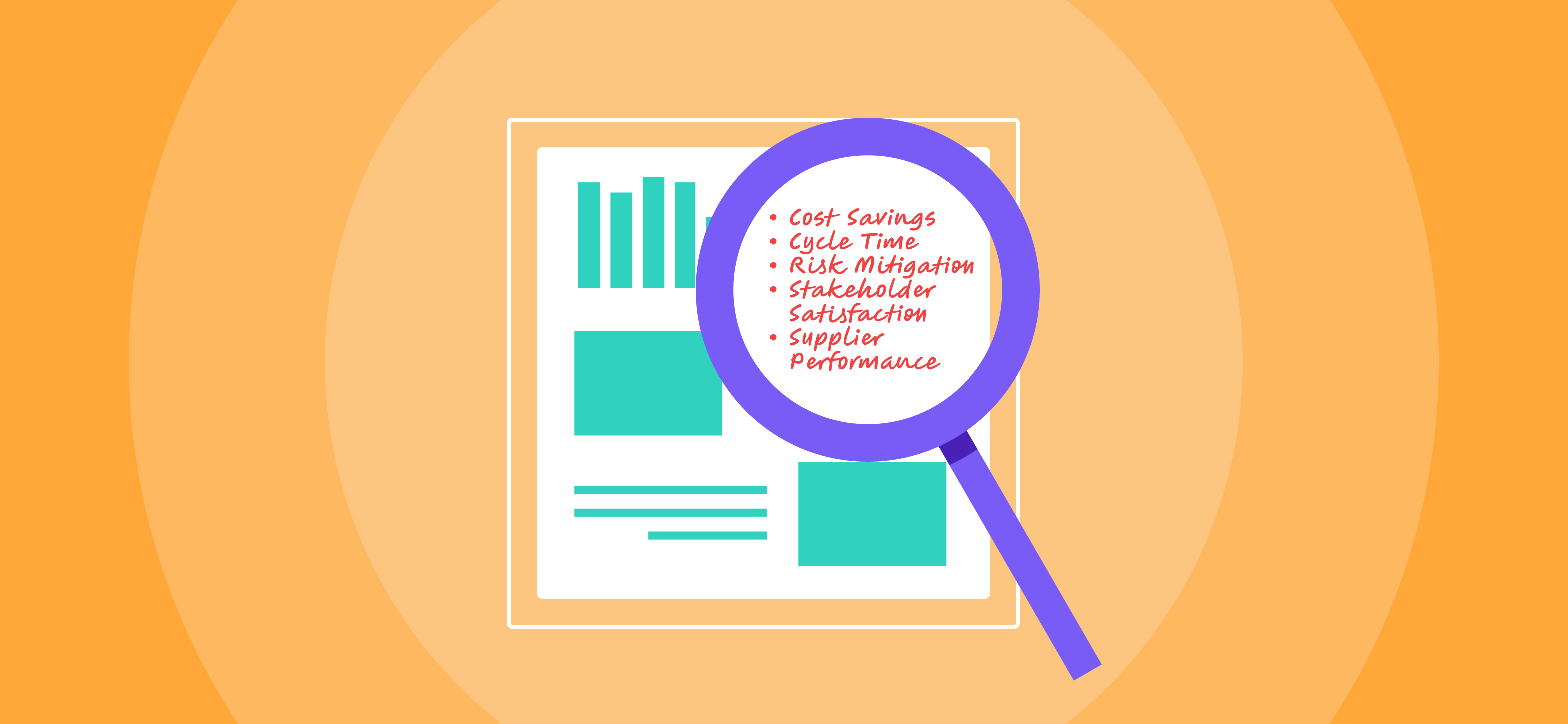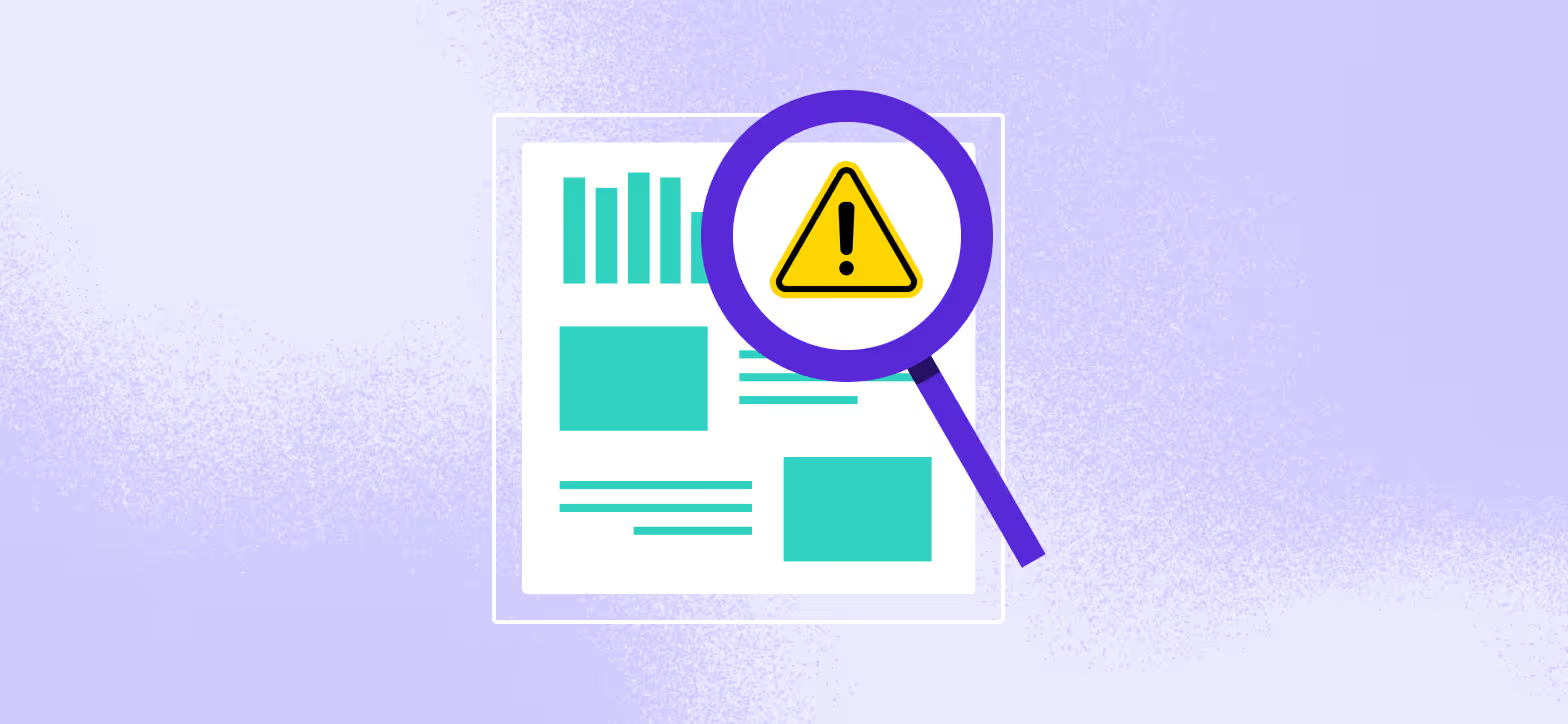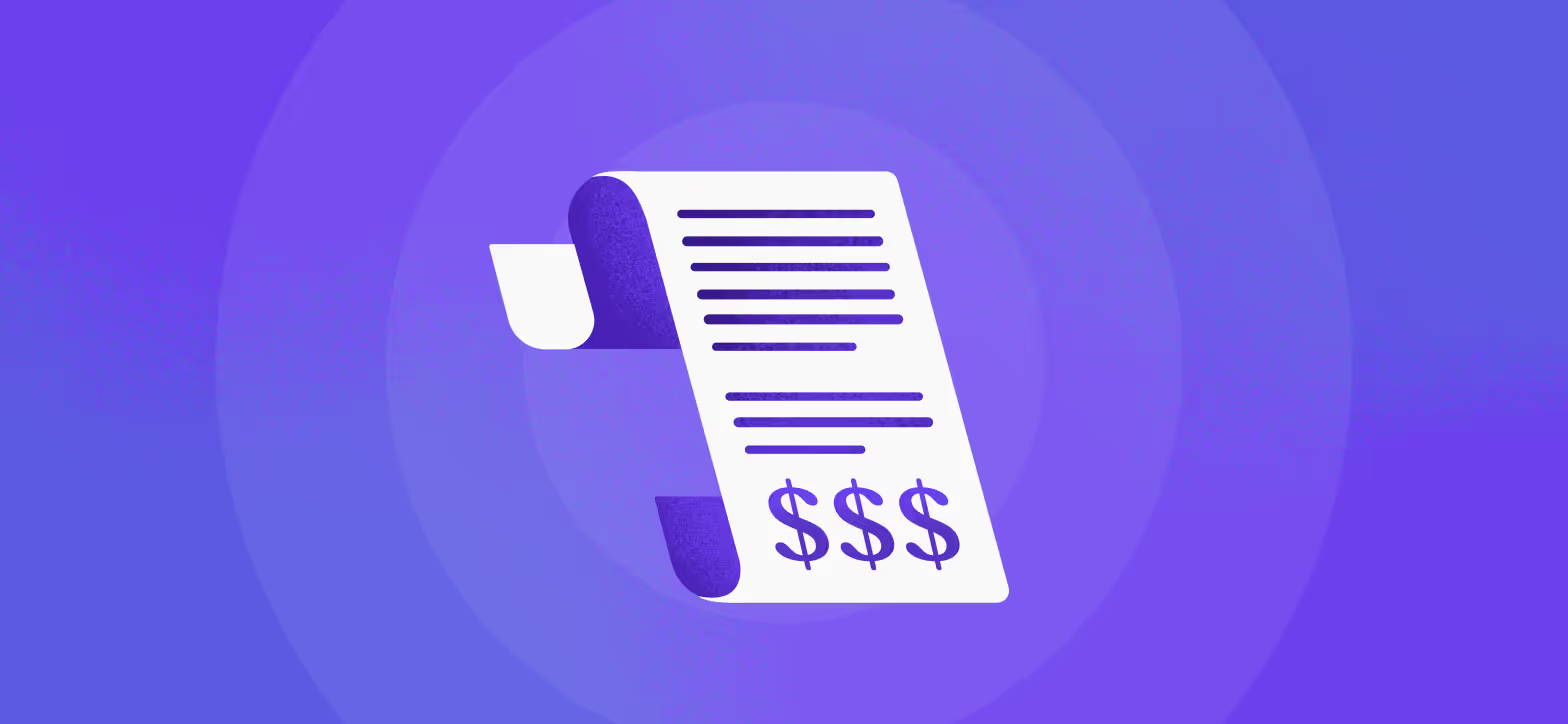Anyone who’s spent time working in procurement has felt this tug-of-war.
Procurement teams want to be involved early and operate as strategic partners to the business. But many stakeholders experience procurement very differently - something they have to go through to get a purchase through and a deal done, rather than a team that helps them get better outcomes.
That disconnect usually isn’t about intent. Most stakeholders aren’t trying to bypass the process or create risk. They’re just trying to move quickly, hit their goals, and keep projects moving. And when the procurement process feels slow, confusing, or hard to navigate, people naturally look for workarounds.
This is where process adoption starts to break down.
When people don’t understand the process, or don’t see the value in following it, procurement compliance becomes harder to achieve, no matter how strong the policies are. The issue isn’t that the rules are wrong. It’s that the experience gets in the way.
That’s why user experience matters so much in procurement. If the process is intuitive, transparent, and easy to engage with, people are far more likely to use it. And when they do, adoption improves, collaboration improves, and procurement is able to show up as the strategic partner it wants to be.
In most cases, improving the user experience is the simplest and most effective place to start improving adoption to your procurement process.
What Is Procurement Compliance?
When people hear “procurement compliance,” they often think of rules, approvals, and red tape. But in practice, it’s much simpler and much more important.
Procurement compliance is about making sure purchasing decisions follow the policies, contracts, and regulations designed to protect the business. That includes everything from how requests are submitted, to which vendors are selected, to how contracts are reviewed and approved. And spoiler of this entire blog, better user experience equals higher process adoption and stronger compliance.
Strong compliance creates guardrails that help teams move faster without introducing unnecessary risk.
At its core, procurement compliance ensures that spend is:
- Intentional and authorized
- Transparent and easy to trace
- Aligned with legal and regulatory requirements
- Documented well enough to stand up to scrutiny
The Relationship Between User Experience and Procurement Compliance
A fragmented user experience stifles internal adoption of your procurement process and costs you savings. This happens way too often in our space.
Think about Amazon and the B2C buying experience: Amazon’s checkout experience makes it incredibly easy for a shopper to purchase an item from its online storefront. And somehow, that item shows up on your doorstep in days, if not hours.
Now compare that experience to many internal procurement processes. Like I said earlier, if employees find procurement confusing, slow, or opaque, they will naturally look for ways around it.
Compliance breaks down not because policies are flawed, but because the experience discourages participation.
User experience is not separate from compliance - it is a prerequisite for it, and a core principle to how teams modernize their procurement process and get people to follow it.
5 Questions to Improve User Experience
Below are the five questions I consistently come back to when evaluating whether a procurement process is actually designed for adoption - and whether it will support long-term procurement compliance.
1. Is my intake process intuitive and simple to use for stakeholders?
The intake is the front door to your entire process.
To increase use of your intake form, ensure it is easy to find. A single form or URL works best.
It’s also important to find the balance between collecting sufficient information and asking as few questions as possible. If you ask too many questions, stakeholders will find your intake process cumbersome. Your goal should be to make it easy and simple. Instead of using long fill-in-the-blank questionnaires that waste your end-user’s time and result in poor data input, try building an intake that allows them to select multiple-choice options and check boxes.
2. Are stakeholders able to see where their request is during the entire process?
Transparency goes a long way towards efficiency and stakeholder satisfaction.
Ideally, they’ll understand why this entire process needs to happen (i.e. finance and legal checks for budget and risk, etc.). At the very least, they’ll know what has happened so far and the timeline as to what still needs to happen before this request is fulfilled.
In a time where resources are scarce, it’s surprising how often procurement headcount is used to project manage tactical tasks like communicating status updates to keep stakeholders in the loop. While strong communication is key, a transparent and clear process will decrease the amount of manual communication required. Redeploying those resources to focus on more strategic tasks will generate a larger impact on the business.
3. Do I proactively engage stakeholders with value-added tools, services, and data?
Procurement is often reactive and far too manual to stakeholder requests.
Tools, services, and data can help stakeholders become proactive in the entire process. Tasks like tracking upcoming renewals (plus providing automatic alerts) and monitoring new supplier spend can be automated and viewed in one easy place for stakeholders. Unbiased supplier intelligence can give stakeholders a cost-savings edge and help anchor a fair deal in renewal and new purchase negotiations.
You can greatly enhance your process with tools, services, and data as it helps build an efficient process that supports stakeholders by reminding them of tasks and arming them with objective data to generate results.
Consider a procurement professional who proactively engages a stakeholder early and sends a note like this (versus waiting for the stakeholder to engage with them first):
“Hey Stakeholder, as a reminder your contract with Fictional SaaS Company (FSC) is expiring in 5 months. It might seem a ways off but FSC announced pricing changes that we are going to want to get ahead of. Based on the tool we use, other customers are seeing uplifts as high as 15%. I know your team has a goal to reduce your tech stack spend by 30%. My recommendation is that we explore some alternatives to identify the strongest fit and generate some competition. I did some preliminary sourcing and think we should potentially look at Fictional Competitor One (FCO) or Made Up Provider (MUP). I’ll grab some time on your calendar next week to discuss these and other options. I’ve attached some information you might find helpful.”
4. Am I helping stakeholders meet their objectives and goals?
While profitability and savings are a common goal today, don’t assume that’s the case for every company. Procurement must understand the goals and mechanics of the departments they support. For example, if the marketing team is tasked with generating twenty percent more leads, procurement can lead a sourcing exercise to align with a supplier that can help accomplish this goal.
One of the best ways to get buy-in is to focus the value proposition of a strong procurement process on enabling stakeholders to spend more time on more pertinent department initiatives related to their strengths (and less distracted time on procurement-related activities).
When departments handle procurement themselves, one of two outcomes tend to happen:
- Stakeholders rush through the procurement process, which results in inadequate sourcing, higher risk, missed savings, etc.
- Stakeholders do a great job handling procurement, but it’s an incredible distraction from what they were truly hired to do.
Procurement is dedicated to managing business spend. The more procurement can take this burden off stakeholders' plates, the more they can focus on what they were hired to do for their department and the better they’ll achieve their goals.
5. Am I supporting stakeholders’ timelines?
The bulk of purchase requests should flow through a sustainable process, which is indicative of strong compliance and a highly adopted process.
While some purchases will take months, maybe longer, other requests will need to be carried out in weeks, maybe days. That’s the nature of sales cycles, company growth, etc.
Because of this, you must understand the timeline of your supplier and stakeholder. Managing expectations of those two parties through transparent communication of your entire process builds more trust and buy-in, ultimately increasing process adoption and procurement compliance. Not to mention, being willing to move things at a quicker pace for an urgent request can result in a thankful and satisfied stakeholder.
Take this: After seeing the value of more strategic procurement practices, a former CEO of mine asked me for advice as he was struggling with process adoption for his new company. He didn’t want to force employees to use procurement, rather he wanted them to use the process because they wanted to. That’s where user experience comes into play.
Better Systems Help Improve User Experience and Maximize Compliance
Automation, early vendor due diligence, and cross-functional alignment all play a role in better user experience and higher compliance.
Intelligent intake can give stakeholders a seamless experience through one central purchasing portal and URL, while dynamic approvals and conditional routing help teams stay compliant without slowing down.
Tools like Purchase Prep also help surface price benchmarks and risk and compliance gaps earlier in the purchasing process, while integrations such as Ironclad + Tropic ensure procurement and legal workflows stay aligned.
Here Are Metrics to Measure Compliance
Metrics exist to tell you whether the process - and how easy you designed it - is actually working. The most valuable ones include:
- Policy adherence rate
- Spend under management
- Non-compliance incidents
- Cycle time from request to approval
When these improve, compliance improves naturally - because the process supports the behavior you want.
Why This All Matters Anyways
In my experience, compliance problems rarely come from bad intent. They come from bad systems, bad design, or unclear processes that feel way harder than they should be.
The organizations that get this right are the ones with the best-designed processes that make it incredibly easy for me to use.
When procurement compliance breaks down, the impact shows up quickly:
- Teams buy outside approved processes, leading to maverick spend
- Negotiated savings disappear
- Risk increases - especially around security, data privacy, and contracts
- Audits become painful and time-consuming
On the flip side, when procurement compliance is high, spend is easier to track, risks are identified earlier, and audits become routine. This level of control is difficult to achieve without purpose-built spend management software that enforces policy consistently across the organization.
Related blogs
Discover why hundreds of companies choose Tropic to gain visibility and control of their spend.


.avif)





